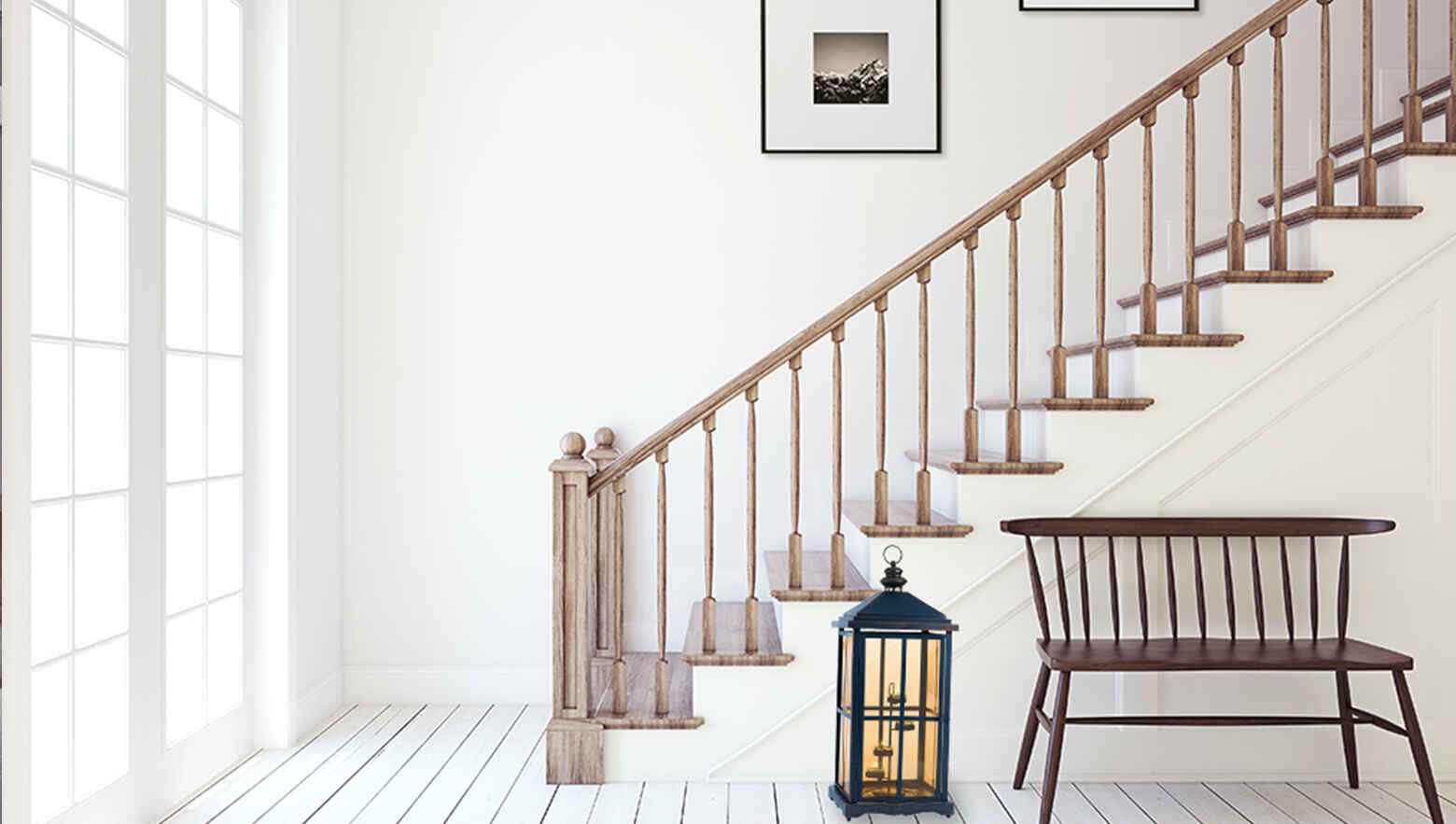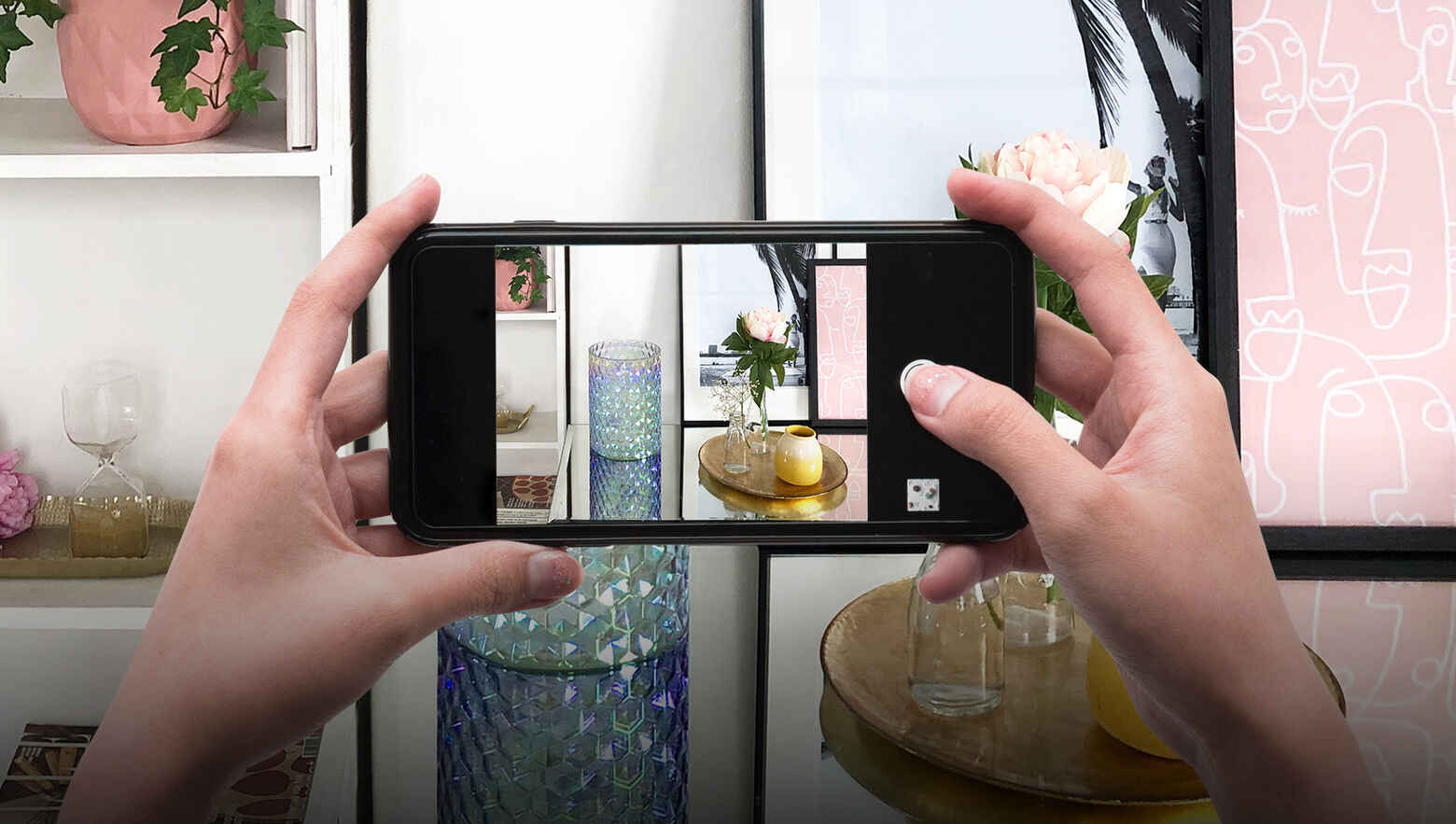Don’t let your big move be something that gets left until the last minute. Creating a strong plan of action is crucial to ensuring a stress-free move and a stress-free you! Gather your notepad and pen and get your calendar at the ready as we help you to plan your move with our 33 top organisation and decoration tips. Covering everything from the packing to unpacking, we’ve listed all the ways to make your transition as smooth as possible and to get your new house feeling like a home. Read on to begin your moving home journey today!

Declutter
From the extra boxes of shoes hidden under your bed to the array of baking equipment that’s gathering dust under your kitchen sink, moving house is the ideal time to shed all the bits and pieces that you completely forgot about. But don’t throw it straight into the bin, consider more economical ways of decluttering before your big move.
1. What should you keep?
Do you really need it? Does it bring you joy? (shout out to Marie Kondo!) Have you used it within the last two years? If the answers are no, you can probably get rid. Chances are you probably have so many unwanted or unused items that you can afford to be ruthless. In fact, we suggest you do. It’s less stuff to move after all.
2. Donate
Clothes, shoes, books and toys do not belong in the bin. Even if they’re broken beyond repair, they can still be recycled. Any items which are in good working condition can always be passed onto a better home where possible.
3. Sell
You may have cash in your attic without even realising. Old antiques or collectible items can fetch you a little fortune if you know how. Why not list your unwanted goods online for an easy way to make a profit while also clearing out your home at the same time? One person’s trash is another person’s treasure and all that.
4. Recycle
Get separating your papers and plastics to help save the planet. You may already be recycling in the kitchen, but there’s nothing to stop you recycling those damaged or chipped glass ornaments that are beginning to look outdated or the old magazine collection that you really have no use for. Or why not try giving your furniture a new look by upcycling?
5. Bin it
If you can’t donate, sell or recycle it, then there may be no other choice but to throw it away. If you’re anticipating getting rid of a lot of existing furniture or other larger items, hiring a skip may be a worthy investment.
6. Shred your important documents
We’re all guilty of letting important paperwork build up in a box somewhere, but do we really need it? Always take caution when discarding sensitive paperwork and shred it just to be safe.
Organise
Once you’ve got the bare bones of what you definitely want to keep, your next step is to organise it. This will make packing an easier and smoother process, and you’re less likely to misplace things when you come to the unpacking stage.
7. Organise by categories
We like to follow the KonMari method of sorting items. It breaks your belongings down into five distinct categories:
- Clothes
- Books
- Papers
- Miscellaneous (office, living room, kitchen, pantry, household supplies, tools, bathroom, furniture, décor)
- Sentimental
8. Pick your moving day
Planning your big day well in advance gives you plenty of time to book a day off work or make the necessary arrangements for your move. Put it in your calendar at least a month or two beforehand.
9. Create a to-do list
No matter how small of a task, or how much you think you’ll remember it, the chances are you’re probably going to forget something. With so much to plan and organise around your home, it’s best not to take the chance. Instead, add it to your to-do list, whether that be on your phone or on a physical notepad.
10. Book a rental van
If you’ll be needing a rental van to transport your furniture, book it in advance to get the cheapest deals and prevent any last-minute disasters in case you struggle to find one. Ask a friend for a recommendation on a reputable company, especially if you're looking for professional movers and drivers to do the heavy lifting for you.
11. Get your tools in order
If you’re planning to dismantle your furniture in the move, be sure to gather all the tools you’ll need to take them apart.
12. Take pictures of your electronics
If you’re just as puzzled by all the wires coming out of the back of your television as we are, make sure you take a picture of your electronics so you can see exactly what goes where when reassembling them later.

Packing
The urge to shove everything into a box and hope for the best might be strong, but you’ll definitely want to pack efficiently to save you time, effort and your precious belongings.
13. Use the original packaging
Transporting your goods will always be easier and safer if you have the original packaging, so dig out the boxes that your furniture came in if you still have them.
14. Collect boxes
Before you spend money on brand new cardboard boxes that you’re going to use once and most likely throw away after, head down to your local supermarket or corner shop and see if you can pick some up for free. Sturdy boxes in good condition that aren’t too worn should do the trick.
15. Start with your decorative items
These are the things that you won’t immediately need in the run up to moving day, and can be tricky to package up, so get them out of the way first.
16. Pack large items in small boxes
Save yourself the backache by using smaller boxes for your heavier and larger items. Place lighter loads into bigger boxes and you’ll find that you’ll be able to carry more in one go.
17. Place larger items at the bottom
When you come to pack your boxes, place heavier and sturdier items first. It’ll prevent them from squishing your more fragile pieces. It also means that you can fill in the gaps with smaller things.
18. Use masking tape to keep glass items together
Place masking tape in the shape of a large “X” across the surface of mirrors and glass cabinet doors to keep them in place should they break.
19. Pack dishes vertically
One particularly big pothole and, oops, that could be your best china in a thousand pieces! Prevent cracks and breakages by gently stacking your plates and dishes vertically on their side, like records. Then fill in the empty spaces and cushion the inside of the box with bubble wrap.
20. Packing your pantry
When it comes to perishable goods, you only really want to take things that are in sealed containers and don’t need to be kept in the fridge or freezer. Throw away your expired food items and try to use anything that won’t survive the journey to your new place before you move.
21. Protect fragile items with bubble wrap and blankets
Hoping for the best but preparing for the worst? Always wrap your fragiles in some sort of protective material to prevent breakage. No matter how careful you think you are, everyone is prone to an accidental stumble or an unexpected bump in the road, so use bubble wrap, newspaper and blankets to cushion your valuables. PartyLite candle accessories are often made from glass, mosaics, ceramics and delicate metals. Always handle yours with care so that you can keep spreading the fragrance and light, no matter where it is that you call home.
22. Label everything
If you have a label maker, now is its time to shine. A marker pen will work too. You don’t want to end up playing a cardboard box lottery when you start unpacking in your new home, so label all your boxes clearly. Whatever your chosen method, label the side of your boxes rather than the tops of them so you can clearly see what’s in them when they’re stacked up in your car or van.
23. Pack a weekend bag
Realistically, you probably won’t get everything unpacked and have everything set up on your first night. To avoid having to root through all your boxes for your necessities, pack a weekend bag with all your essentials so you can still feel settled. Pyjamas, a change of clothing, toiletries, a laptop and your phone charger are a good place to start.

Unboxing
So you’ve gotten everything to your new home in one piece, hopefully, but you’re not in the all-clear just yet. Unboxing and unpacking all your items still needs to be done with care.
24. Start with your cleaning supplies
It may be helpful to unbox your cleaning essentials first. Unless you’re moving into a new-build, you might want to give your new home a quick sweep before you start to settle in.
25. Lay out your essentials
The next things that you should unpack are the items that you need urgently. Or anything that will be essential in running your home. Think toiletries, medicines, paperwork and basic food items.
26. Categorise your boxes by room
Place all of your boxes in the rooms that they contain the contents for. Getting this out of the way will save you having to move things between rooms at a later time. Not to mention, it's much less overwhelming to unpack things room by room.
27. Locate your tools
If you didn’t transport your larger furniture items whole, you’ll need to find your tools so you can reassemble them.
28. Building your furniture
You should leave the actual assembly of your large furniture to last, or at least when you definitely know where you want everything to go. This will save you having to rearrange furniture and move bulky items about.
Decoration
The last step in moving house is to make it feel like a home. Decorating shouldn’t feel like a stress, and definitely doesn’t need to be done in one go. Once you’ve got your key pieces in place, you can take your time to plan out how you want to add to your home.
29. Keep things neutral
If you’re still unsure on a theme for your new home, staying within a neutral colour palette is always a safe option. Neutral tones are super diverse and work with a wide range of textures and finishes, meaning that you can dress up your décor by layering with bright colours and contrasting patterns.
30. Invest in quality pieces
It’s easy to fall into the mindset that every empty surface is in need of a plant or ornament, but sometimes less is more. Why not invest in key pieces of high quality that you really, really like and you know will last? If you pick timeless items that can be dressed in a range of ways, you’ll be able to keep them and use them for longer. A worthy investment if you ask us!
31. Know your room dimensions
Whether you’re picking out a painting, looking for a display cabinet or on the hunt for a new coffee table, it’s always important to know your measurements before you shop. Find out your room dimensions so you know exactly how much space you have to work with. And it’s not just your room dimensions you need to keep an eye on. It’s also worth double checking the measurements of your door frames so you know you can actually fit your new furniture into your home.
32. Don’t buy everything at once
As exciting as a trip to IKEA might be, you should consider holding off buying everything you think you need all at once. Spending time and living in your home will give you a good sense as to what you actually need and where you really want things to go. Taking your time will also give you the patience and budget to find those special pieces in 2nd hand stores, independent boutiques and retailers that are off the beaten track.
33. Work one room at a time
Planning the décor for your entire home in one go might seem like a mammoth task, and that’s because it probably is! Splitting the load by room will make it much more manageable, and you’ll be able to focus on one part of your house and pay it more attention. Work one room at a time so you can focus your efforts instead of spreading yourself thinly over a giant project.

Want more home décor advice? Head on over to our blog pages to find more style guides to switch up your home. Or visit our online store to discover long-lasting home fragrance for every room and styling accessories to match.













